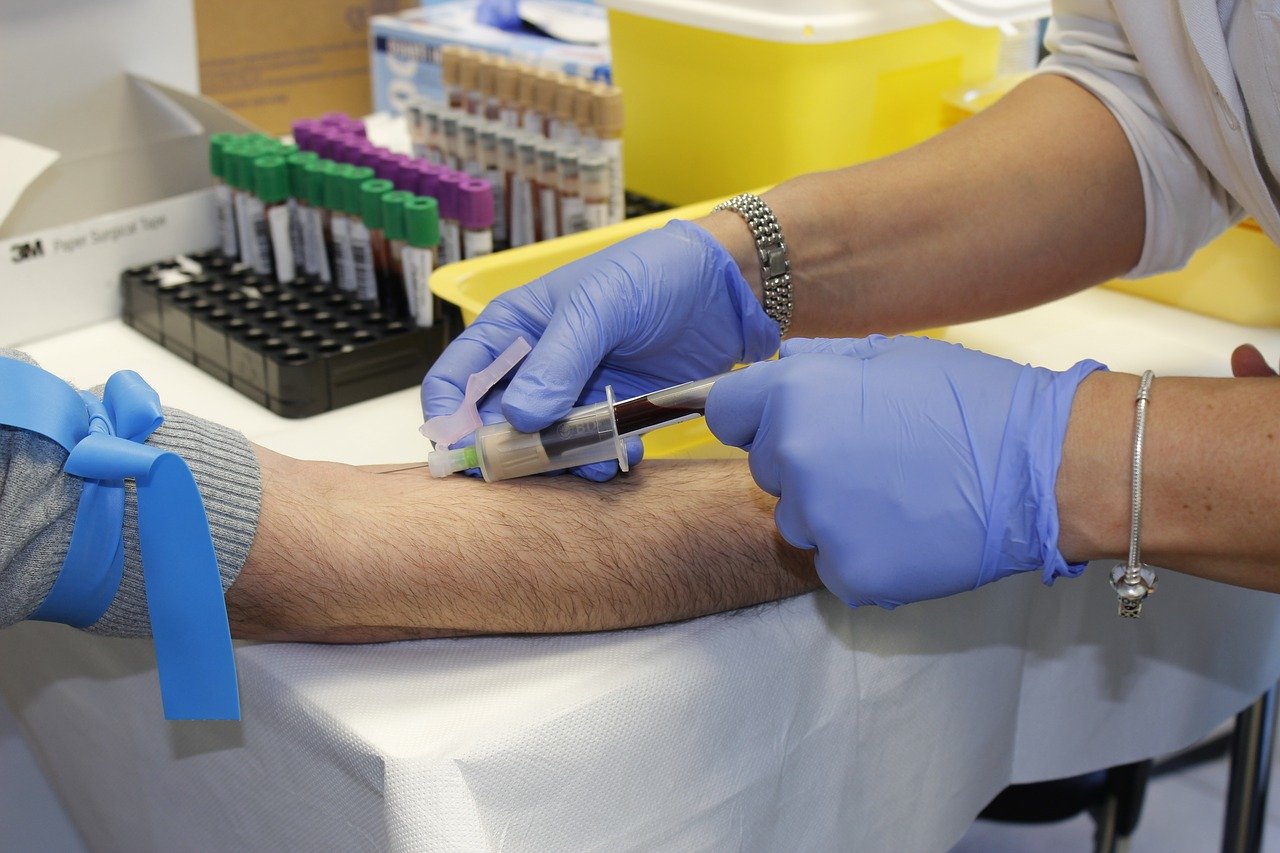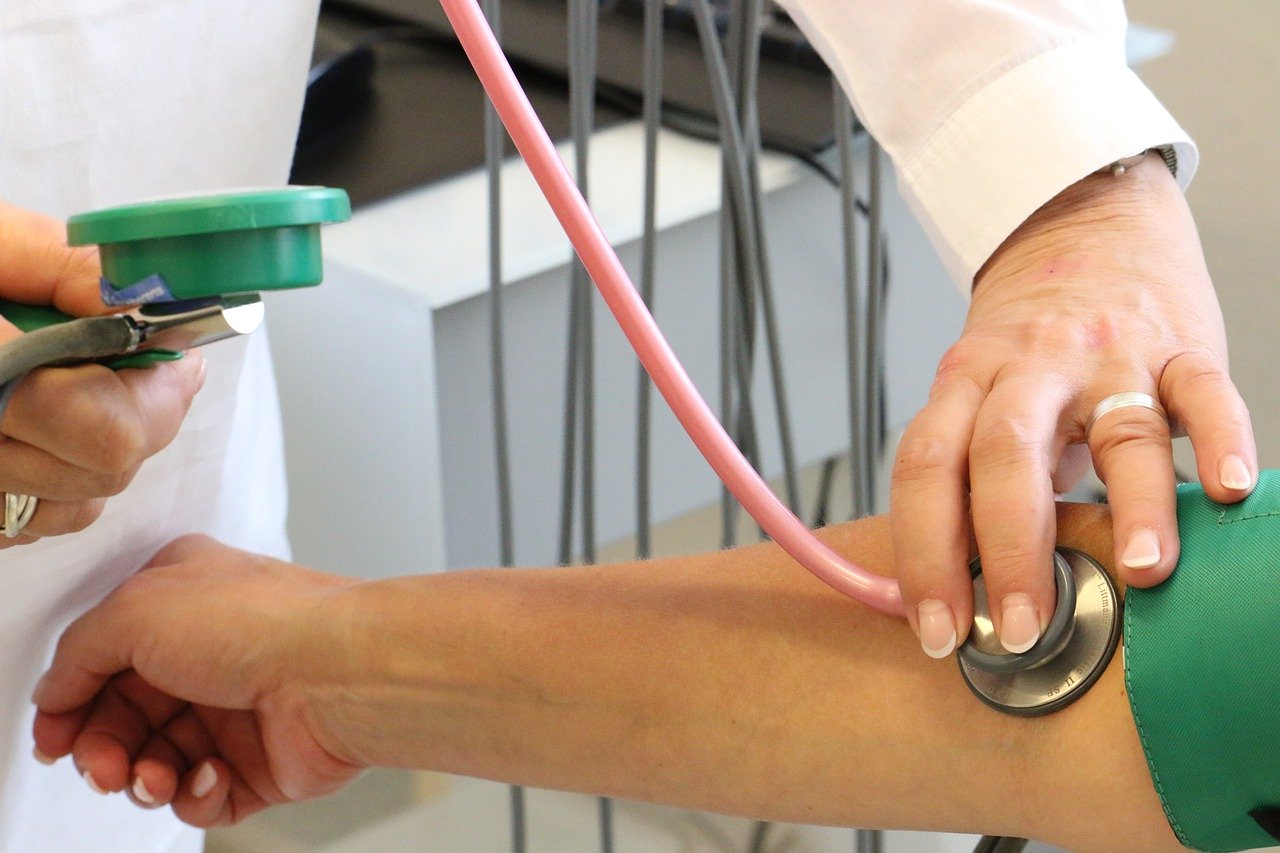LPN stands for Licensed Practical Nurse, which is also known as LVN, or Licensed Vocational Nurse, in Texas and California.
Article Table of Contents
What Do LPN’s Do
The duties of an LPN depend on the scope of practice determined by the laws of the state you work in.
What LPNs can and can’t do is regulated by the board of nurses of every state.
Generally, LPNs are responsible for providing patient care in a variety of clinical specialties.
They can be employed in different settings.
The common duties of LPNs include:
- Taking the patient’s vital signs.
- Inserting and caring for urinary catheters.
- Administering oral and intravenous medications.
- Performing CPR in emergencies.
- Inserting and caring for patients that need nasogastric tubes.
- Changing wound dressings.
- Caring for ostomies.
- Calling the physician if needed.
- Charting in the medical record.
- Giving feedings through a nasogastric or gastrostomy tube.
- Working supervised by an RN.
- Collecting specimens such as blood, urine, sputum, etc.
- Monitoring patients for a change in clinical condition.
- Caring for patients with tracheostomy tubes and ventilators.
Even though the scope of practice of an LPN is set by each state, a particular facility can narrow it.
So, LPNs should know what they are allowed and not allowed to do in a particular organization.
Some facilities task RNs with the following duties:
- Administering intravenous medication that is given “push” or very quickly.
- Starting, monitoring, and/or discontinuing intravenous catheters or the intravenous fluids.
- Taking phone or verbal orders from the MD.
- Starting, monitoring, or changing critical intravenous medications that stabilize the heart or blood pressure.
- Caring for central intravenous lines (that go to or near the patient’s heart).
What are an LPN’s Duties?
The duties of an LPN may vary from state to state (see LPN info by state).
In some states, LPNs are allowed to give medications to patients, but in others, they can administer intravenous drips.
Commonly, LPNs assist registered nurses and doctors and provide basic patient care.
See our complete guide on becoming an LPN here >>
Some of the general tasks of LPNs include:
- Checking vital signs like blood pressure and pulse rates.
- Reporting any changes in patients’ health to doctors and nurses.
- Changing bandages, catheters, and IVs.
- Keeping detailed records of patients’ overall health.
- Feeding patients who are unable to feed themselves.
These are only some of the tasks LPNs are responsible for, and their duties may change depending on the needs of the facility they work for.
LPNs can be responsible for additional tasks:
Greeting Patients and Recording Their Information
Often, LPNs are the first point of contact for patients in a doctor’s office, hospital, or another healthcare facility.
After patients go for their appointment with a doctor, LPNs have to record their medical history, weight, height, known allergies, blood pressure, pulse, internal body temperature, and breathing rate.
With these vital signs, RNs and doctors can get a good understanding of the overall health of patients before administering any additional tests.
Collecting Samples
Collecting patients’ samples is one of the most essential duties of LPNs.
Such samples as saliva, urine, feces, and other body fluids are collected for routine lab testing.
LPNs are also trained in drawing blood to test for particular infections or diseases.
Monitoring Patients’ Health
Doctors and RNs may have to see a few dozen patients every day.
Because of this, LPNs are tasked with monitoring the health of patients throughout their shift.
It is especially vital after major accidents or surgeries, and when new medications are given to patients.
LPNs can identify adverse reactions or complications quickly and will then immediately notify RNs or doctors.
Counseling Patients and their Families
LPNs should provide a human touch to routine healthcare.
Often, they have to educate patients and their family members on administering medications or identifying the symptoms they should be aware of when the patient is sent home.
They also teach them how to adopt and maintain a healthy lifestyle.
Where Do LPNs Work?
According to the Bureau of Labor Statistics, about 719,900 LPNs were employed in the US in 2015.
They worked in various settings, including:
- Nursing homes and nursing care facilities.
- Elementary schools, middle schools, and high schools.
- State, federal, and private hospitals.
- Home health care organizations.
- Universities.
- Physicians’ offices and other private practices.
Besides these settings, LPNs can also be employed as missionaries, work as consultants for the healthcare companies, or serve in the military.
Some nurses work as medical coders, transcriptionists, billers, or customer service representatives by applying their knowledge of the healthcare settings.
LPN Work Settings
Generally, LPNs work in the following settings:
Hospital
Hospitals usually provide care to severely ill people or those having major surgery.
In the hospital setting, LPNs provide care to patients working under the supervision of LPNs.
Hospitals hire LPNs often.
However, larger teaching hospitals with a “magnet status” (or in the process of acquiring one) from the Joint Commission don’t hire LPNs.
The shifts are typically 12 hours with rotating shifts or every other weekend off.
However, it may vary depending on a facility.
Rehabilitation
Patients in rehabilitation centers receive care in the process of gaining back their skills after a surgical even or accident.
With the help of physical, speech, and occupational therapists, patients are expected to be improving.
RNs and LPNs work there side-by-side to care for patients.
For instance, after a required hip replacement, patients need to gain muscle strength, practice walking on various surfaces, and improve crutch walking skills.
To achieve this, they transfer to a rehabilitation facility.
Similar to the hospital, the shifts are usually 12 hours with rotating shifts or every other weekend off.
Nursing Home
Patients in nursing homes are not expected to improve and may stay there for a long time.
In this setting, LPNs may be in charge of patient care.
For example, patients after a stroke may be in the hospital at first.
But after their condition stabilizes, they will be moved to a rehabilitation center to regain their movement and speech skills.
But once their progress stops moving on, they may be transferred to a long-term care facility or a nursing home, if they can’t receive sufficient care support at home.
The schedule is usually similar to hospitals and rehabilitation centers with 12-hour rotating shifts or every other weekend off.
That depends on the facility as well.
In some long-term care facilities, shifts are 8 hours.
Home Care
Many patients can receive support from healthcare providers while living at home or in the home of a family member.
The type of care they receive depends on their needs.
Some patients may need LPN’s support for several hours a day, so their family can get some sleep.
Other patients only need some monitoring to ensure that the treatment plan is carried out at home and patients are educated.
The shifts will depend on the number of hours required per day or week, with episodic visits lasting from one to two hours.
Medical Office or Urgent Care Clinic
In this setting, patients are coming to see their healthcare provides, typically for a wellness check-up.
LPNs provide assistance by taking vital signs of patients, recording medication history, and following up with the necessary tests that may be ordered afterward.
The schedule depends on the days and times that the office is open for patients.
Sometimes, it can be on the weekends.
School
In schools, students usually need random care for minor illnesses such as vomiting, sore throat, or lice.
RNs or LPNs are hired to provide such care in elementary and high schools, and colleges.
Younger students are usually picked up and taken home by parents.
College students receive care until they are safe to walk or drive home unless they need to go to an emergency room or hospital.
The working hours depend on the hours the students are around and the school is open.
LPN Areas of Practice
LPNs can find work in a wide range of very exciting areas of nursing practice.
Just like every LPN, each area is unique.
By working in many nursing areas over some time, you can increase your demand in the market.
Here are some areas where LPNs can work and make a career:
- Pediatrics:
In this area, nurses provide care to patients of ages from zero to 18. - Labor and Delivery:
Nurses in this field provide care to pregnant women before, during, and after the delivery of a baby, as well as care for a newborn. - Neonatal:
LPNs in this specialization care for premature infants and sick newborn babies. - Oncology:
Oncology nurses care for patients who have one of the forms of cancer.
They assist with procedures, help with pain and nausea treatment, and administer chemotherapy. - Neuro ICU:
Neuro ICU nurses provide care for patients after a severe head injury or brain surgery.
Their area of expertise includes monitoring the improvement or deterioration of patients as well as neurological assessment. - Trauma ICU:
In the Trauma ICU, nurses provide care to patients after some type of accident.
It can be a building collapse, car, or motorcycle accident. - Burn Unit:
Nurses in this area specialize in pain management, dressing changes, and monitoring for sepsis for patients with a large percentage of burns on their bodies.
They work in a team while patients are recovering. - Cardiac ICU:
LPNs in this area care for patients after heart surgery. - Emergency Room:
Nurses in the ER provide care for patients that become suddenly unstable after an accident or from an illness.
They have to stabilize patients quickly and transfer them to an ICU. - Rehabilitation Nurse:
Rehabilitation nurses work with physical, speech, and occupational therapists to help people regain their skills that were lost after an injury or illness. - Gerontology Nurse:
These nurses provide care to elderly patients to meet their unique needs.
Finding Your LPN Job
Once you picked the specialization you want to go with, look for the areas where employers provide this type of care.
For example, if you picked a Burn Unit, look for hospitals in the area that have a Burn Unit.
Usually, they are found in a hospital with the status of a Level 3 Trauma Center.
Go to their website and look for “Careers at Our Hospital” section.
There you can look specifically for jobs in the area of practice you chose.
Carefully read the information to ensure that the LPN position is open and consider responsibilities, shifts, and salary quotes.
Compare the position at different hospitals and narrow your search down to two positions you like the most.
Completing an LPN Job Application
Job applications are usually submitted online now, but some are still a hard copy.
First of all, you need to gather some essential documents:
- Employment history:
You will need to list the name, address, and phone number of the facility as well as the name and direct phone number of the supervisor. - Education history:
List the name, phone number, and address of your high school and nursing school.
You can request an unofficial transcript of your LPN school grades if the employer requires it.
But usually, it’s not necessary. - License information:
Ensure you have the right date and state when and where you took your exam.
Not all employers require a copy of your license since their HR department will do an online search to validate your license.
The license should be issued by the same state where you are applying for work.
If you are applying for a position in another state, you will need to transfer your license. - Follow instructions:
The way you complete the application will tell the employer a lot about you.
Ensure the correct grammar and spelling.
Fill in all the required information to the best you can.
If you don’t follow instructions, it may indicate that you won’t follow instructions on the job.
And making a good impression is important. - Test preparation:
Before you are hired, many hospitals will require you to pass a math test.
Prepare yourself for simple ratios, medication names, and purposes, IV drip conversion.
Find out what pass or fail cutoff is and take your time unless it’s a timed test.
The test may be required during the online application or during the interview. - Submission:
Before you submit the application, check and review all information once again to ensure it’s correct and complete.
Some employers won’t accept applications if they are incomplete.
LPN Interview
If you got an interview appointment, you should remember a few things.
First, research the company you are applying for.
Find out what type of care they provide and what is their care setting.
How many patients per year they see.
Get as much information about the job you’re after as possible.
What is included in the role of the organization?
Dress appropriately and have a copy of your resume.
Take some time to practice potential questions and answers with a friend.
There are plenty of videos online that can help you get ready.
Starting Work as an LPN
After you take the job and agree to the salary, you are given the date when you start working.
Sometimes, a drug test and pre-employment physical exam may be required.
Purchase any necessary items in advances, such as a stethoscope or nursing scrub.
To access medical records, timekeeping, and registration systems, you will be assigned a computer security username and password.
Within the first few days, you will have to complete some educational requirements specific to your department and role.
LPN Work Orientation Period
The orientation period is the first (or so) month in the organization.
During this period, the organization will decide if you have the skills required for the job, and you should decide if the job is right for you.
The orientation period may last up to 6 weeks, depending on the setting and your role.
You will be assigned a mentor to orient you to whom you should demonstrate your competency.
At the end of this period, your supervisor will provide you with your performance feedback.
LPN License Renewal
After you obtain an LPN license, it will have a date when it expires.
Pay close attention to this date and specify the licensure requirements for renewal with your state’s board.
In some states, continuing education credits may be required (with a varied number of hours) and the proof before you can renew the license.
LPN Continuing Education Credits
To renew your license, you are required to have a certain number of continuing education credits by the State Board of Nursing.
Continuing education credits include articles, lectures, videos, or conferences that provide LPN education for competency.
The policy is different in every state, so you will have to research and check the requirements for continuing education.
Read the full guide: How to Become a Licensed Practical Nurse




